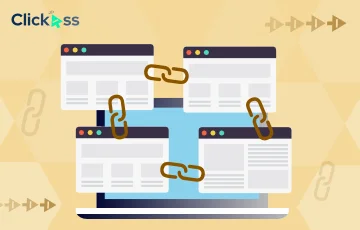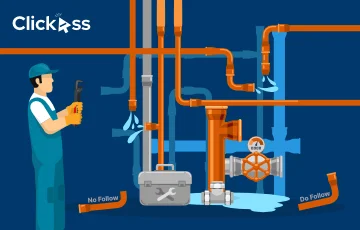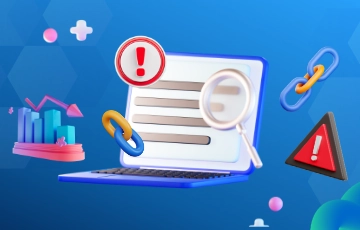Key Takeaways
- Understand what makes a backlink contextually relevant
- Learn why relevance now outranks domain authority in SEO
- Follow a proven step-by-step link building process
- Avoid outdated tactics that harm rankings
- Use checklists and tools to streamline your outreach efforts
Not all backlinks are created equal—and in 2025, relevance is everything.
While generic links from random directories or blogs used to be enough, today’s SEO is powered by contextual backlinks.
A link from a niche-relevant blog post that mentions your SaaS tool naturally?
That’s gold.

On the flip side, a backlink from an unrelated site with no topical connection?
It’s nearly worthless—and may even raise flags.

That’s where relevant links come in. These are backlinks placed within content that aligns with your topic, industry, and audience. They carry more weight, drive better traffic, and actually help your rankings stick.
In this guide, you’ll learn exactly what relevant links are, why they now outperform even high DA links, and how to build them step by step.
You’ll also get practical outreach tips, tools, a launch checklist—and common mistakes to avoid.
Let’s make your link profile context-rich and penalty-proof.
📚Read more: Topical Relevance |
What Are Relevant Links & Why They Matter
Relevant links are backlinks placed on web pages that are topically related to your content.
Unlike random or generic backlinks, relevant links come from websites that operate within your industry, target your audience, or cover subjects aligned with your offer.
The surrounding content gives your link context—and that context helps search engines understand the value and credibility of your page.
These links aren’t just about authority—they’re about fit.
If you offer a sales enablement platform, a link from a B2B sales blog is more meaningful than one from a general lifestyle site, even if the latter has higher traffic.
Relevance vs Domain Authority – What Matters More
Many SEOs still chase high Domain Authority (DA), but Google doesn’t rank you based on metrics invented by third-party tools.
Relevance trumps DA in 2025.
A low-DA backlink from a tightly aligned blog can boost your rankings more than a high-DA backlink from a totally unrelated domain.
It’s about how naturally your link fits into the content ecosystem—not how “big” the linking site is.
How Google Interprets Relevance Signals
Google evaluates relevance through topical similarity, anchor text context, and surrounding keywords.
It looks at:
- How related the linking page’s content is to yours
- Whether your link provides additional value to the topic
- Placement in the body vs sidebar or footer
- Use of semantically similar terms around your anchor
The more aligned the page is to your content’s theme, the stronger the link’s SEO signal.
Understanding the search intent behind the link—especially if it’s a transactional query—can further amplify relevance.
📚 Read more: What’s a Transactional Query Anyway?
If Asana, a leading project and work management tool, were linked in a blog post titled “Top Collaboration Tools for Remote Teams,” the backlink would carry significantly more SEO value than a generic mention from an unrelated tech directory—thanks to its contextual fit and topical alignment.
📚 Read more: SaaS Link Building Playbook
Types of Relevant Links
Relevant links aren’t one-size-fits-all. They come in different formats, each offering unique SEO value. Let’s break down the most effective types you should aim for.
1. Contextual Backlinks (In-Body Links)
These are backlinks placed naturally within the body of an article, surrounded by related content.
They’re the gold standard of link relevance because they fit the user intent and content theme.
Contextual links are seen by Google as editorial endorsements. They carry more authority, especially when surrounded by semantically aligned text and targeted anchor phrases.
Example:
If ClickUp were linked in a blog post titled “Agile Project Management Tools for Fast-Growing Teams,” it would serve as a strong contextual backlink—embedded mid-article among relevant tools and content.
2. Niche-Relevant Citations & Resource Links
These appear in listicles, resource hubs, or tools pages dedicated to specific industries or use cases. They’re valuable because they position your brand as a solution in a curated, niche-specific context.
These links often come from roundup content or educational resource sections, making them ideal for long-term reference traffic and trust.
Example:
Imagine Webflow being featured on a resource page titled “Top No-Code Platforms for Designers and Developers.” A homepage citation in that context would signal industry alignment and value.
3. Editor-Reviewed and Image-Based Links
These are backlinks embedded in visual content (e.g., infographics, charts) or manually placed after an editor reviews your product or content. Because they involve human judgment, they’re highly credible.
Often earned through partnerships, PR outreach, or content repurposing, these links can appear on high-traffic blogs or publications.
Example:
If Canva were included in a post like “Best Graphic Design Tools Compared,” with a logo and UI screenshot linking to its homepage, it would add both visual trust and editorial authority.
Benefits of Building Relevant Links
Building relevant links isn’t just about backlinks—it’s about building the right ones. When your links come from topically aligned content and trusted domains, they deliver value beyond SEO rankings.
1. Enhanced Topical Authority
Relevant links reinforce your expertise in a specific niche. When multiple industry blogs reference your product or content, it tells Google that you’re a go-to resource in that space.
This helps boost your perceived authority and strengthens future content performance.
2. Improved SERP Rankings for Target Keywords
Search engines use contextual links as trust signals.
When your content is cited naturally within related topics, Google is more likely to reward that page with better rankings—especially for competitive, intent-driven keywords.
3. Better Referral Traffic and Engagement
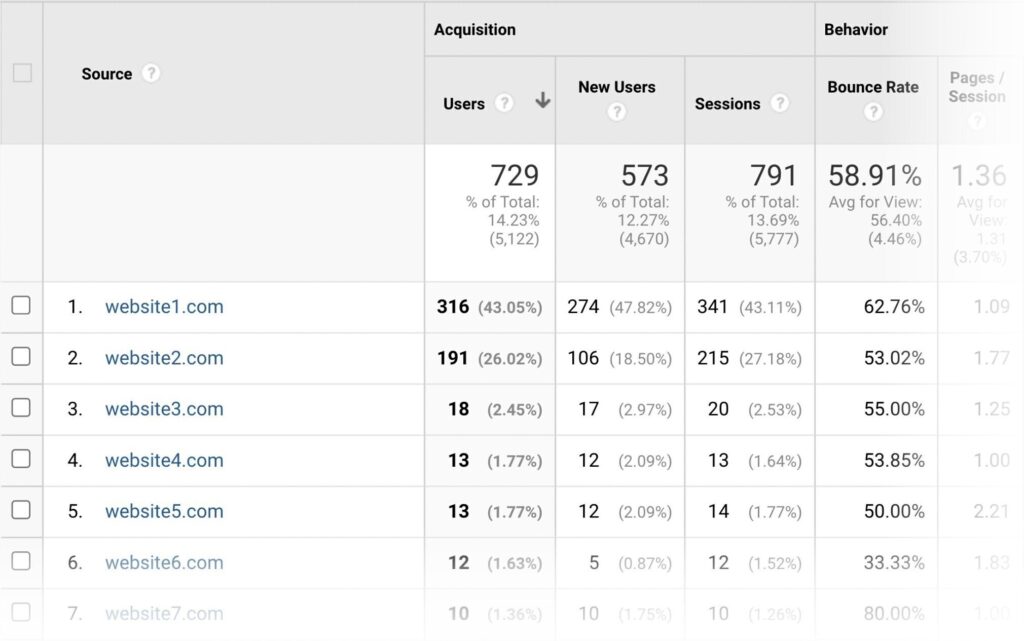
Because relevant links are placed in content your target audience actually reads, they tend to drive more qualified traffic. These visitors are more likely to convert, explore your site, or subscribe.
Example:
Suppose Notion were included in a listicle like “Remote Work Productivity Tools.” That link could drive highly relevant referral traffic, resulting in stronger engagement and conversions.
4. Reduced Penalty Risk
Relevant links stay within Google’s quality guidelines, making them safer in the long run. Unlike spammy or irrelevant backlinks, these are less likely to trigger algorithmic penalties or manual actions.
Example:
If Grammarly were featured in a niche-aligned blog post such as “Writing Tools for Professionals,” the contextual placement would help avoid any penalties for unnatural links.
📚 Read more: Link Wins in Action
How to Build Relevant Links: Step-by-Step Process
Building relevant backlinks isn’t about volume—it’s about alignment.
The links that matter most in 2025 are context-rich, editorially placed, and earned through strategy, not spam.
Here’s a practical 7-step process to help you build relevant links that actually impact rankings.
Step 1: Identify Link-Worthy Assets
Start by auditing your content to pinpoint what’s actually worth linking to. Look for assets that:
- Solve a specific problem
- Are evergreen or highly actionable
- Already attract some organic traffic or backlinks
Use tools like Google Analytics and Ahrefs to identify high-performing content. Prioritize guides, checklists, case studies, or data-rich blog posts.
A good rule of thumb: if you’d be proud to share the page on LinkedIn—it’s probably link-worthy.
Step 2: Prospect Relevant Websites
Next, find sites where your content would naturally fit. Focus on websites that share your audience, industry, or topic category.
Use these two methods:
- Competitor Backlink Analysis: Plug a competitor’s URL into Ahrefs or SEMrush to see who’s linking to them—but not to you.
- Advanced Search Operators: Use queries like intitle:“best [tool] for [audience]” or site:.edu “resources” + [topic] to surface industry-specific content hubs or link roundups.
Vet each domain for relevance and editorial quality before outreach.
Step 3: Evaluate Link Quality
Not all backlinks are worth chasing. Evaluate each prospect using three filters:
- Topical Relevance: Is their content aligned with yours?
- Domain Rating (DR): While not everything, a DR 30+ from a relevant site often beats a DR 70 from an unrelated one.
- Organic Traffic: A link from a live, indexed, traffic-driving page holds more value than one from a ghost site.
Avoid any site that feels like a link farm or accepts clearly paid placements across every post.
Step 4: Craft Targeted Outreach
Now it’s time to reach out—intelligently. Avoid templates that scream automation.
Instead, write short, human-first emails that do three things:
- Reference the specific article or section
- Show how your content adds value
- Offer something useful with no strings attached
Example:
“Hey [Name], loved your post on remote team tools. We’ve built a framework that complements your productivity tips—happy to share if you think your readers would benefit.”
Always end with a soft CTA—not a pushy request.
Step 5: Leverage Contextual Inserts
Find opportunities where your content fills a gap in existing blog posts. This is known as a link insert or value addition approach.
Use tools like “Check My Links” or a simple Ctrl+F to find anchor text where your article could add clarity, depth, or recent data. Your pitch should focus on improving the reader’s experience—not promoting yourself.
Step 6: Use Guest Posts for Relevance
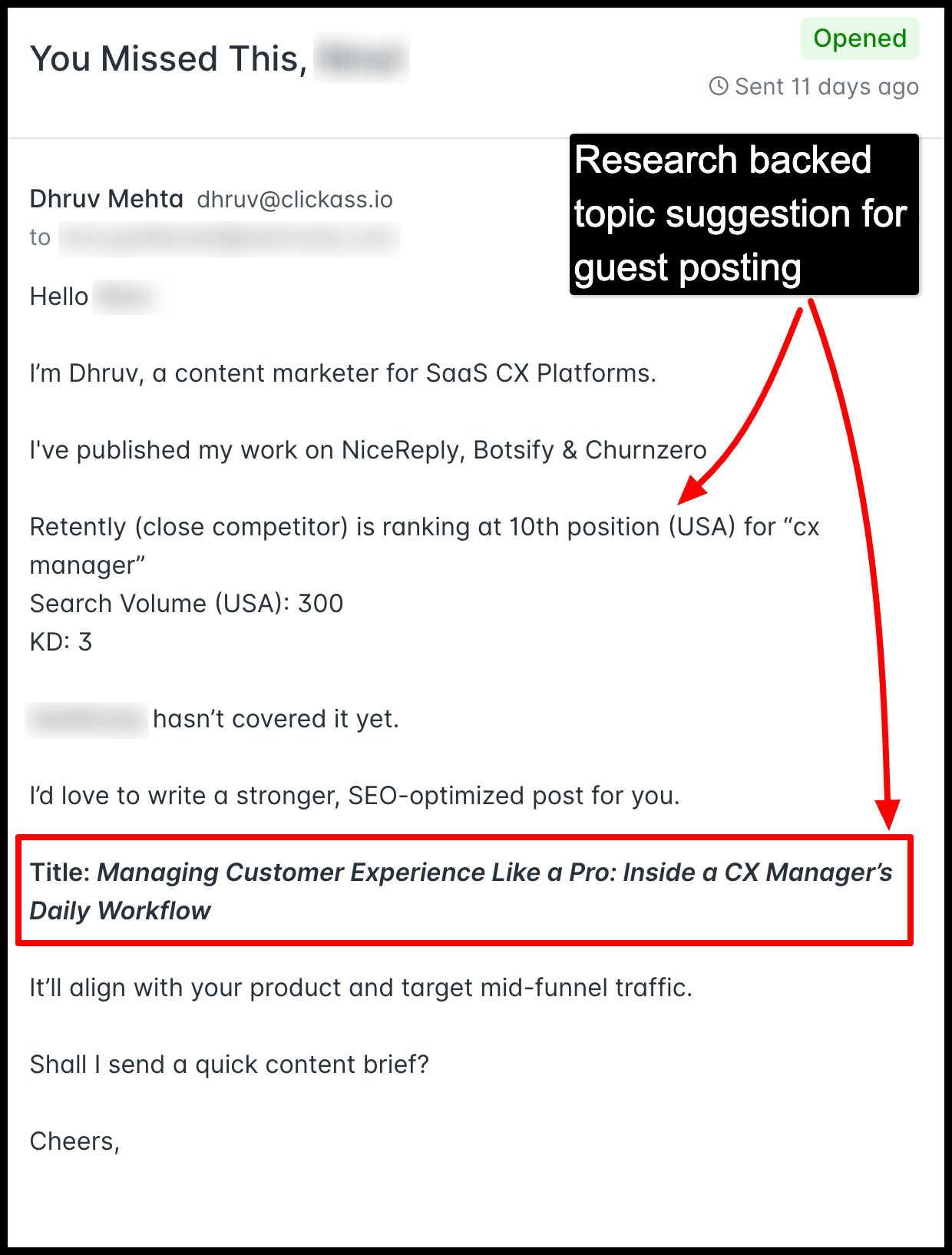
Guest blogging isn’t dead—it just needs to be smarter.
Don’t send out mass guest post requests. Instead:
- Pitch niche-relevant blogs with specific angles
- Suggest topics that genuinely match their audience
- Avoid overstuffing your links—1 contextual link is enough
Aim to create real value and position your expertise without hard-selling your product.
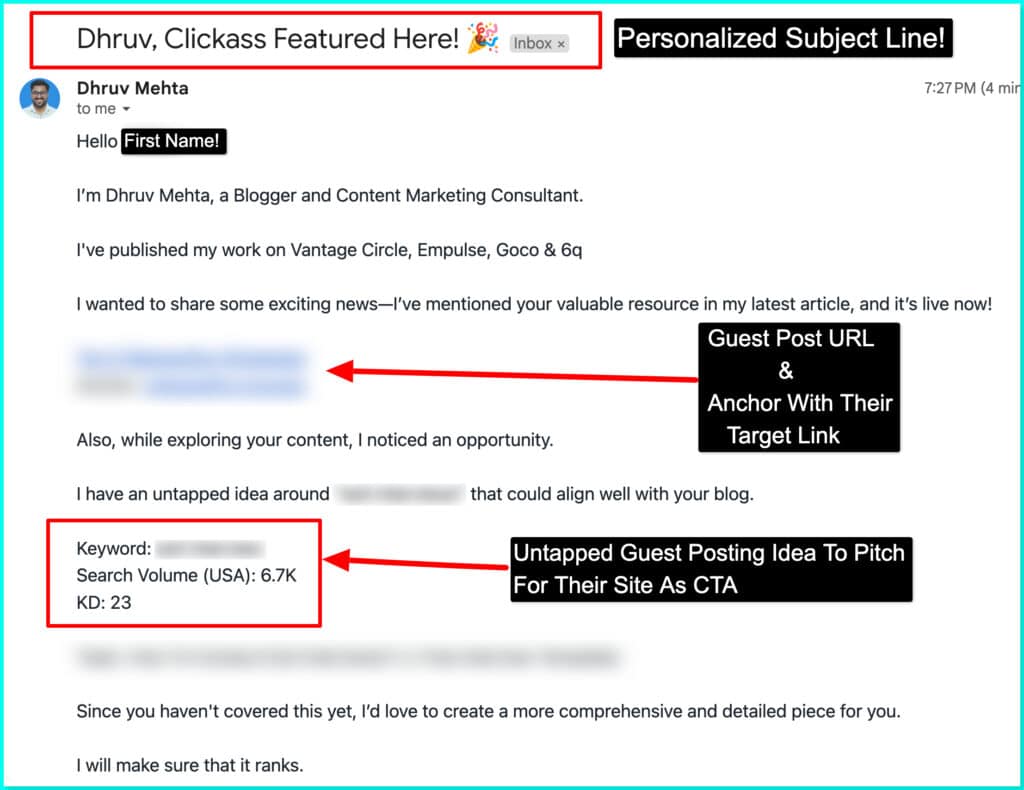
Step 7: Track & Adjust
Once you start earning links, track the performance. Look at:
- Referring domains in Google Search Console
- Keyword movement tied to linked pages
- Referral traffic via Google Analytics
If a type of content or strategy performs well (e.g., guest posts vs. inserts), double down.
You can also experiment with pyramid link building to pass authority strategically across multiple tiers.
Use this feedback loop to evolve your link building process for relevance and results.
Tools & Templates to Support the Process
Manual link building takes effort—but the right tools help you do it smarter, not harder.
Here are the essentials to support each stage of your relevant link building workflow:
1. Ahrefs / SEMrush
These are your go-to tools for prospecting. Use them to:
- Analyze competitor backlinks
- Uncover top-performing content in your niche
- Identify referring domains and link gaps
Both platforms help you prioritize which sites to target based on link quality and topical alignment.
2. BuzzStream / Respona
Managing outreach gets messy fast. These tools streamline the process by:
- Storing and organizing prospect lists
- Automating follow-ups (without losing personalization)
- Tracking open rates, replies, and placement outcomes
BuzzStream is great for teams; Respona offers strong AI-driven prospecting.
If managing outreach in-house feels overwhelming, many agencies turn to external partners to scale link acquisition efficiently.
📚 Read more: White Label Execution
3. Hunter.io
Once you’ve found the right site, Hunter.io helps you locate verified emails linked to that domain. It’s essential for bypassing generic “contact@” inboxes and reaching real editors or marketers.
Outreach Checklist
✅ Target site is topically aligned
✅ Content offer is genuinely useful
✅ Contact is verified and role-relevant
✅ Email is personalized, not templated
✅ Follow-up strategy is planned (1–2 touchpoints max)
These tools and steps will save time—without compromising the quality of your outreach.
Common Pitfalls & How to Avoid Them
Even with the best tools and strategies, it’s easy to fall into bad link building habits—especially when you’re chasing fast wins.
Here are the most common mistakes people make when trying to build relevant links, and how to avoid them:
1. Overvaluing DA Over Relevance
Domain Authority (DA) is a useful metric—but it’s not gospel. A high DA link from an off-topic site does less for your rankings than a DR 30 link from a topically aligned blog. Prioritize relevance over metrics.
2. Using Irrelevant Directories or Link Farms
Directories that accept any website with a payment button offer no SEO value—and may get you penalized. Avoid any site that doesn’t screen submissions or publish contextual content.

3. Neglecting Outreach Personalization
Generic emails get ignored—or worse, flagged as spam. If you’re not referencing the recipient’s content or explaining why your link adds value, don’t bother sending it.
4. Chasing Quantity, Not Context
More links aren’t always better. Ten irrelevant links won’t beat one well-placed, niche-relevant backlink. Focus on fit, not volume.
Checklist Before Launching Your Campaign
Before hitting send on any outreach, make sure your campaign is airtight. Here’s a quick checklist to help you stay organized and focused on relevance-first execution:
- ✅ Asset audit complete (link-worthy content identified)
- ✅ Target site relevance verified (niche match, no spam signals)
- ✅ Outreach template customized (personalized intro, value proposition)
- ✅ Contact info verified and sorted
- ✅ Tracking setup ready (GSC, Ahrefs, UTM links if needed)
- ✅ Follow-up strategy outlined (1–2 reminders max)
📋 Grab our Link Building Sample Sheet →
Use this template to structure your outreach, manage replies, and keep everything on track.
FAQs
1. What qualifies as a relevant link?
A relevant link is one placed within content that directly relates to your page’s topic, audience, or industry.
It adds contextual value and fits naturally within the surrounding content.
2. How many relevant links should I build monthly?
Focus on earning 3–5 high-quality, contextually aligned backlinks per month. Quality and relevance matter more than quantity—especially for sustainable SEO growth.
3. Is DA still important compared to relevance?
Domain Authority is a helpful filtering metric, but it’s not what Google uses. Relevance carries more weight.
A link from a lower-DA but topically aligned blog often outperforms a high-DA link from an unrelated domain.
4. How long does it take to see impact from relevant links?
You might notice early movement in 30–60 days.
However, measurable ranking gains and sustained traffic lifts usually appear within 90–120 days after consistent link acquisition.
5. Can I use tools to automate relevance outreach?
Yes—but with caution. Tools like BuzzStream or Respona can streamline prospecting and follow-ups, but every message should still be personalized.
Automation should support—not replace—human judgment and contextual fit.
About The Author
Dhruv Mehta
Dhruv Mehta specializes in SaaS CRM, solving link-buying challenges with high-quality, bottom-of-the-funnel links through hyper-personalized outreach. He’s also passionate about sharing tried-and-tested, easy-to-implement SaaS SEO and link-building insights on LinkedIn. Currently, he's on a mission to build 45 SaaS backlinks in 45 days.
Table of Contents
ToggleRelated Posts
SaaS Link Building Playbook for Faster SEO Wins
How to Choose the Right White Label Link Building Partner for Your SaaS SEO Agency
Forum Backlinks in 2025: Strategy, Risks & Truth
13 Cold Email Tweaks That Improved Backlink Outreach (Backed by Experts)
Domain Rating vs Domain Authority – What SEOs Should Focus On
Leading White Label Backlink Services: Ranked & Reviewed
Relevant Links Guide: Master Contextual Backlinks Today
Manual Link Building in 2025: A Human-First Guide
Contextual Link Building in 2025: A Practical SEO Guide That Works
Mastering International Link Building in 2025
Beyond DR: Real Link Building Metrics That Actually Work
10 Proven Ways to Sell Backlinks and Earn $30K a Year
How To Earn Natural Backlinks Without Cold Emails
The Ultimate Guide to Organic Link Building in 2025: Future-Proof Your SEO
Top AI-Powered Link Building Trends for 2025 [From 15 Experts]
Link Prospecting Guide: Find High-Quality Backlinks
Inbound Link: What it is & How It Affects Your SEO Rankings?
Backlink Management Guide: Unlocking Top Tools and Strategies
CTR Manipulation: Discover Ethical SEO Alternatives
Niche Relevant Backlinks: Comprehensive Guide (2025)
White Label Link Building 101: A Guide for SEO Agencies
10+ Niche Driven SEO Strategies to Boost Your Traffic & Revenue
How to Check Who Links to My Site Or Any Site for Better SEO?
What Are Editorial Links? (+ How to Earn Them)
Link Building Checklist (2025): Smart Strategies for SEO Pros
20+ Link Building Benefits for SEO Mastery and Growth
Unlocking the Power of Reciprocal Links in 2025: Strategies for SEO Success
13 Link Building Challenges & How to Overcome Them
16 Link Building Mistakes to Avoid in 2024
What Are PBN Backlinks? (And Why You Shouldn’t Use Them)
Analyzing Your Backlink Profile for SEO & 2 Perfect Examples
10 Ways to Index Backlinks Faster in 2024
Nofollow vs. Dofollow Backlinks: Understanding Their SEO Implications
Tiered Link Building: Everything You Need to Know
What is Link Equity and How Is It Determined?
Link Building 101: Master The Basics and Beyond
The Power of Backlinks: Why They Are Essential for SEO Success
Link Insertion: How to Do it with $0 Investment?
Everything You Need to Know About Link Farming
9 Underrated Techniques to Get High Authority Backlinks in 2024
Doorway Page Explained: Ultimate Effects on SEO And Rankings
Top of Funnel Marketing For SaaS: Strategies, Measurement, and Examples
Link Building Outsourcing: The Definitive Guide [2023]
8 Cost-Effective Ways to Get You Higher Search Engine Rankings
An Ultimate Guide to Growth Marketing





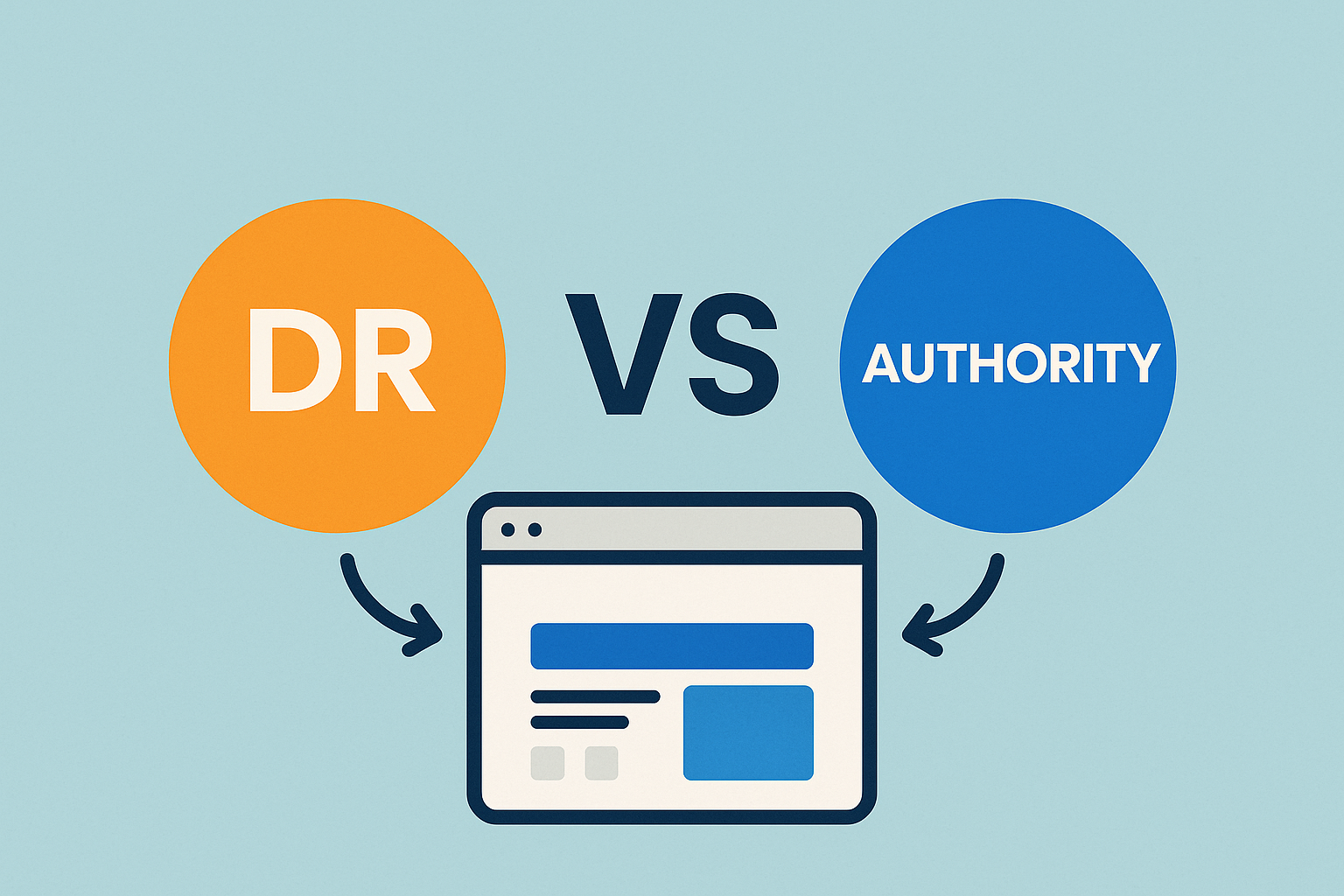
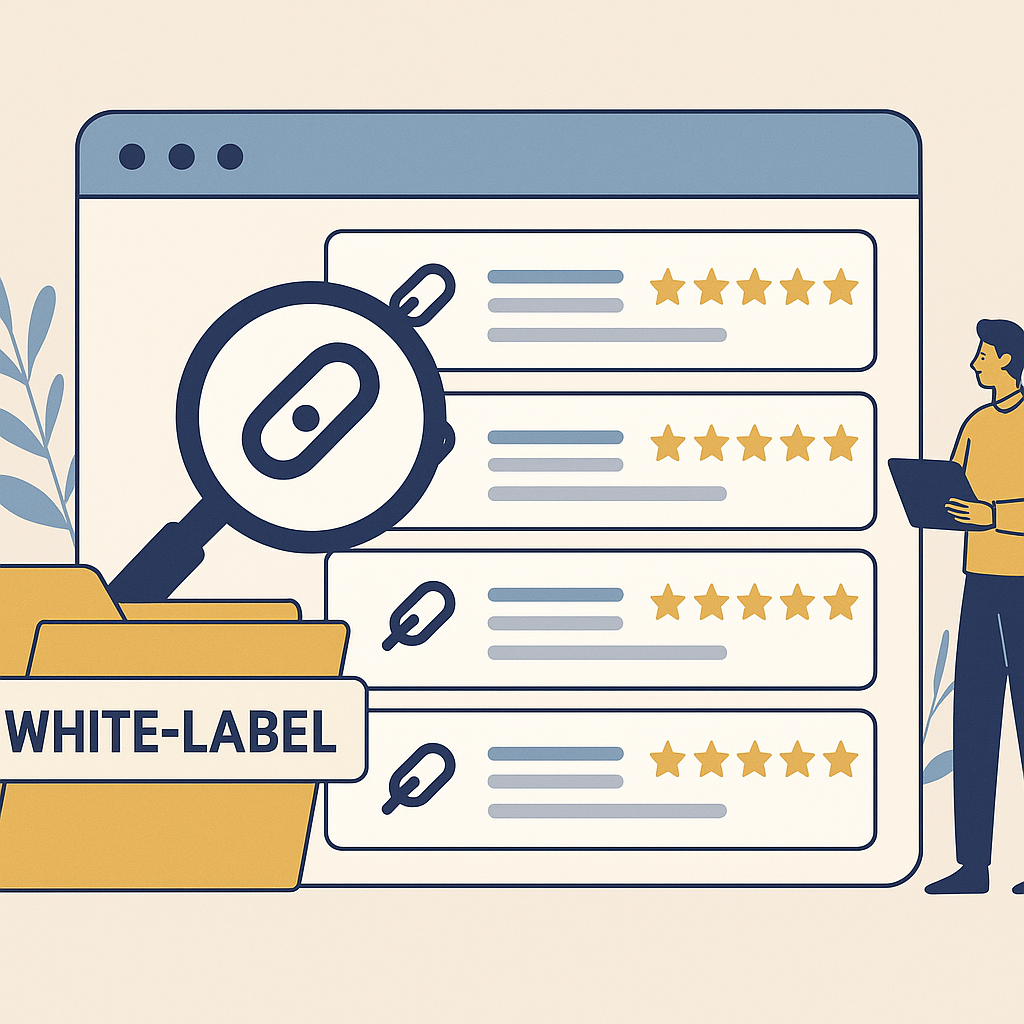


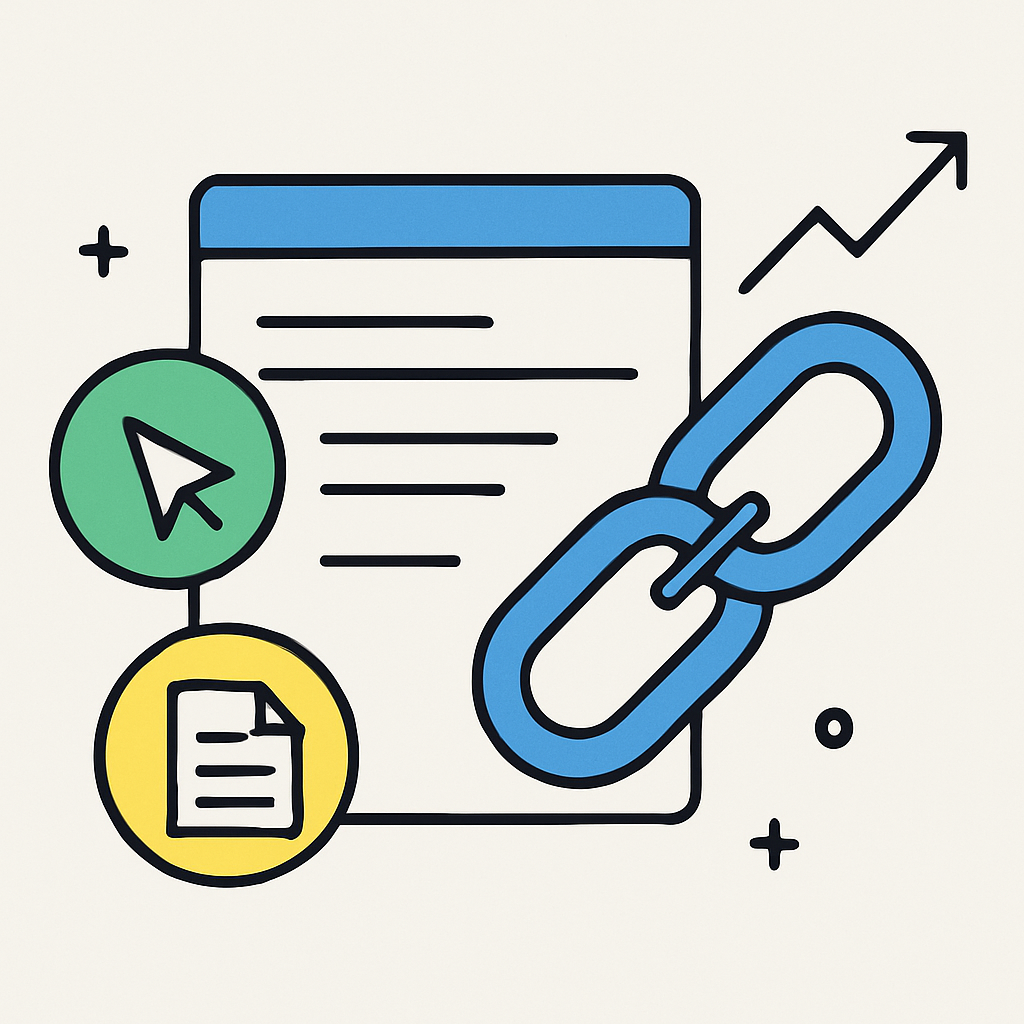





















![Backlink Profile: Analysis + [2 Perfect Examples]](https://clickass.io/wp-content/uploads/2024/01/Examples-of-Perfect-Backlink-Profile3-1.webp)
